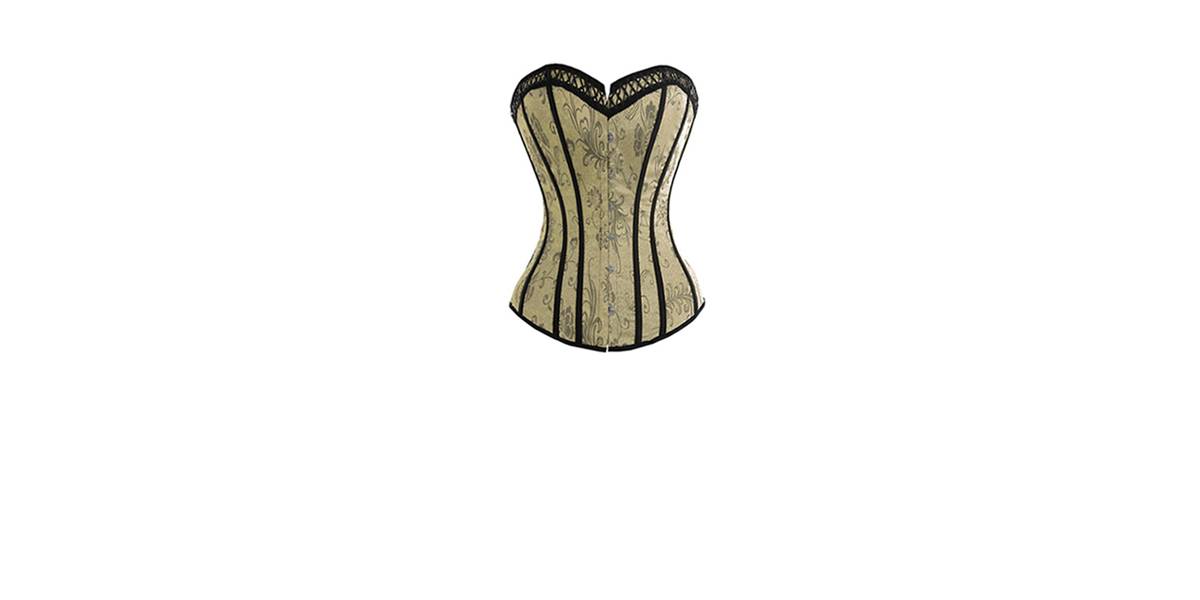The Unexpected Influence of Tuberculosis in Victorian Fashion
Surprisingly, there was a time in the history of fashion in which the disease had its most decisive influence.
When we talk about fashion, it’s quite possible that we immediately think of the glamorous world of models and designers, of artistic inspiration, runways, and reflectors. In short, it’s a world of the sublime. And perhaps it’s even a modest version of a Mt. Olympus, populated by people, but sharing with the mythical a sense of the legendary and the inaccessible.
Talk of tuberculosis in the same space as fashion might seem a little unbelievable. And yet it was thus. The Victorian era, an era of peace, prosperity and creativity, was also a long season marked by tuberculosis, nearly invincible in the era’s absence of antibiotics.

The historian Carolyn Day, currently at Furman University in South Carolina, says that between the last decades of the 18th century and the first half of the 19th century, there was a quirky, unexpected meeting between the worlds of tuberculosis and fashion: the disease took on an aesthetic meaning and this, in turn, was associated with feminine beauty.
Some of the salient features of this cultural phenomenon were those of the pale face and the slim body. From this other perspective, effects like a lack of appetite and a characteristic loss of weight began, within certain social circles, to be considered signs of beauty.

Fashion, meanwhile, began running in parallel with these changes to the canons of beauty. The cuts and structures of the corset, which had tended toward voluptuousness and an emphasis of the feminine attributes, were made to fit narrower and thinner bodies. Medicine had an inescapable opinion on the subject, as in the specific case of the corset, stressing that its use was frowned upon by doctors of the time. This was because it was believed that by limiting the movement of the lungs and the blood’s circulation, the harmful progress of tuberculosis was actually fomented.
Certainly a surprising chapter in the history of fashion, for a disease that was sometimes linked to fields of creativity, tuberculosis otherwise offered very little by way of glamor.
Related Articles
When ancient rituals became religion
The emergence of religions irreversibly changed the history of humanity. It’s therefore essential to ask when and how did ancient peoples’ rituals become organized systems of thought, each with their
Seven ancient maps of the Americas
A map is not the territory. —Alfred Korzybski Maps are never merely maps. They’re human projections, metaphors in which we find both the geographical and the imaginary. The cases of ghost islands
An artist crochets a perfect skeleton and internal organs
Shanell Papp is a skilled textile and crochet artist. She spent four long months crocheting a life-size skeleton in wool. She then filled it in with the organs of the human body in an act as patient
A musical tribute to maps
A sequence of sounds, rhythms, melodies and silences: music is a most primitive art, the most essential, and the most powerful of all languages. Its capacity is not limited to the (hardly trivial)
The enchantment of 17th-century optics
The sense of sight is perhaps one the imagination’s most prolific masters. That is why humankind has been fascinated and bewitched by optics and their possibilities for centuries. Like the heart, the
Would you found your own micro-nation? These eccentric examples show how easy it can be
Founding a country is, in some ways, a simple task. It is enough to manifest its existence and the motives for creating a new political entity. At least that is what has been demonstrated by the
Wondrous crossings: the galaxy caves of New Zealand
Often, the most extraordinary phenomena are “jealous of themselves” ––and they happen where the human eye cannot enjoy them. However, they can be discovered, and when we do find them we experience a
Think you have strange reading habits? Wait until you've seen how Mcluhan reads
We often forget or neglect to think about the infinite circumstances that are condensed in the acts that we consider habitual. Using a fork to eat, for example, or walking down the street and being
The sky is calling us, a love letter to the cosmos (video)
We once dreamt of open sails and Open seas We once dreamt of new frontiers and New lands Are we still a brave people? We must not forget that the very stars we see nowadays are the same stars and
The sister you always wanted (but made into a crystal chandelier)
Lucas Maassen always wanted to have a sister. And after 36 years he finally procured one, except, as strange as it may sound, in the shape of a chandelier. Maassen, a Dutch designer, asked the










